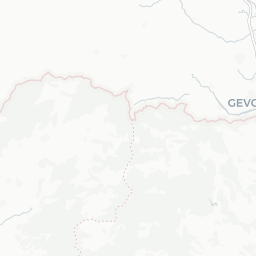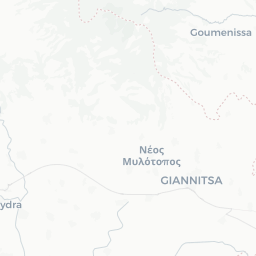












Vardino Toumba Excavation 1924
The aim of this excavation was to understand the stratigriphy of the prehistoric sequences. This mound, the most northerly of those along the East bank of the Vardar, had successive strata: Hellenic period on top with stone foundation-walls built on the debris of a thick burnt layer, which yielded part of a large sub-Mycenaean bowl. Below this, were the prehistoric strata in which two settlements were recognised: one on top with much L.H. III. pottery fragments, and lower were clay floors and the foundations of an apsidal house with pithoi in situ, also L.H. III., but of an earlier type and two sherds possibly L.H. II. Nearly all seem to be of local fabric. From this settlement came also a bronze spearhead. Below this was the lowest stratum which rests on virgin soil and was characterised by very dark earth and quite distinctive pottery, typical Thessalian Neolithic, fine highly-polished black (often firing to red) with white matt-painted ornament, as well as some typical Macedonian incised and white-filled neolithic ware.
Active from 17/06/1924 to 29/06/1924.
Heurtley, Mr Walter Abel
[Journal] The Annual of the British School at Athens, no. 26 (1923/1924-1924/1925).

